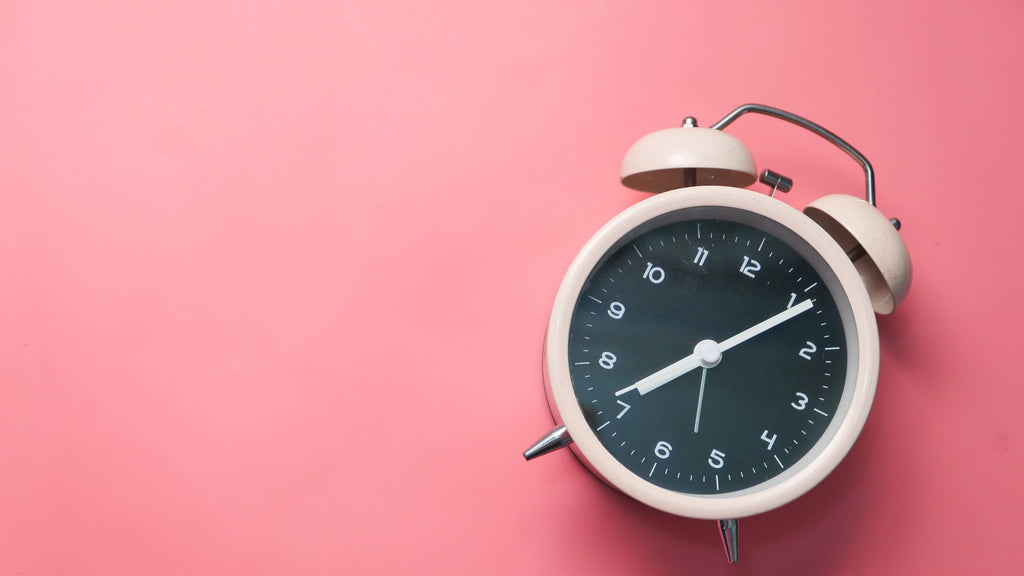Article written by: Jenny Peach, Certified Child Sleep Consultant
The spring time change is soon approaching and we will be moving our clocks ahead by one hour. Instead of celebrating the fact that we will see more daylight, or that winter is almost over, many parents start to worry about how their child’s sleep schedule will be impacted by the schedule shift.
Don’t panic! Below I will break down two options on how you can adjust to the spring time change. I will also share some additional tips to help your child sleep after the clocks move ahead.
Option One - Do Nothing
That’s right! If your child’s schedule is currently great, or if they are not typically sensitive to changes in their sleep schedule, you don’t need to prepare for the time change. Simply adjust their wake up time, nap times and bedtime to the new time on the day that daylight savings begins. It could take them a week or two to fully adjust to the new time, just like us!
Option Two - Gradual Shift
This option is great for sensitive sleepers who are often negatively impacted by an adjustment in their schedule. A week before daylight savings begins, start shifting your child’s schedule by 15 minutes every few days. For example, if your child usually wakes at 7am, start waking them at 6:45am, then 6:30am, etc. until you get to 6:00am before the time change happens. Once the clocks move forward, 6:00am will become 7:00am and your child will be back on schedule and already adjusted to the new time.
You can also do this quicker in a timespan of four days. Simply adjust your child’s schedule by 15 minutes each day. After four days they will be ready for the new time. When adjusting their schedule you can shift everything within the day, including meal times, naps times and bedtimes.
Helping Your Child Sleep Better During the Time Change
It’s important to set up your child’s sleep environment so that it is conducive to sleep. This is especially true after daylight savings begins, since the sun will start to come up earlier and set later, causing your child to potentially wake earlier than intended and struggle with bedtime if the sun is still shining. Here are some ways to ensure your child’s bedroom is set up for sleep success:
Black out blinds - Keeping your child’s bedroom dark and blocking out the sun can help with the production of melatonin, making it easier for your child to fall asleep and stay asleep.
White noise machine - A white noise machine can help drown out external sounds that could cause your child to wake, such as traffic, barking dogs or early morning bird songs.
Cooler temperature - We all sleep better in slightly cooler temperatures. The ideal bedroom temperature should be somewhere within the range of 19° - 22° Celsius. As we approach summer, using fabrics like bamboo can help your child stay cool. Opt for bamboo sleep sacks or pajamas.
Toddler clock - A toddler clock can help your older child distinguish between night time and day time. Having the clock change to a certain colour when it’s time to get up will help them understand that they need to stay in their room until it’s morning time. This can really help as their bodies adjust to the new time.
//
Jenny is a Certified Child Sleep Consultant with Good Night Sleep Site. After hiring a sleep consultant to help with her own daughter's sleep, her experience has led to a desire to help other families who are struggling with sleep. She focuses on working 1:1 with families to create a customized sleep plan following the science of sleep, taking into consideration the child's temperament and parenting philosophies.
You can reach Jenny via her website, Instagram, Facebook or Email.


